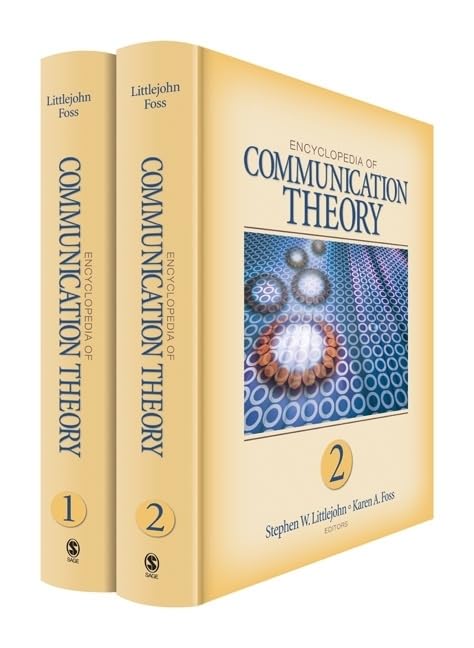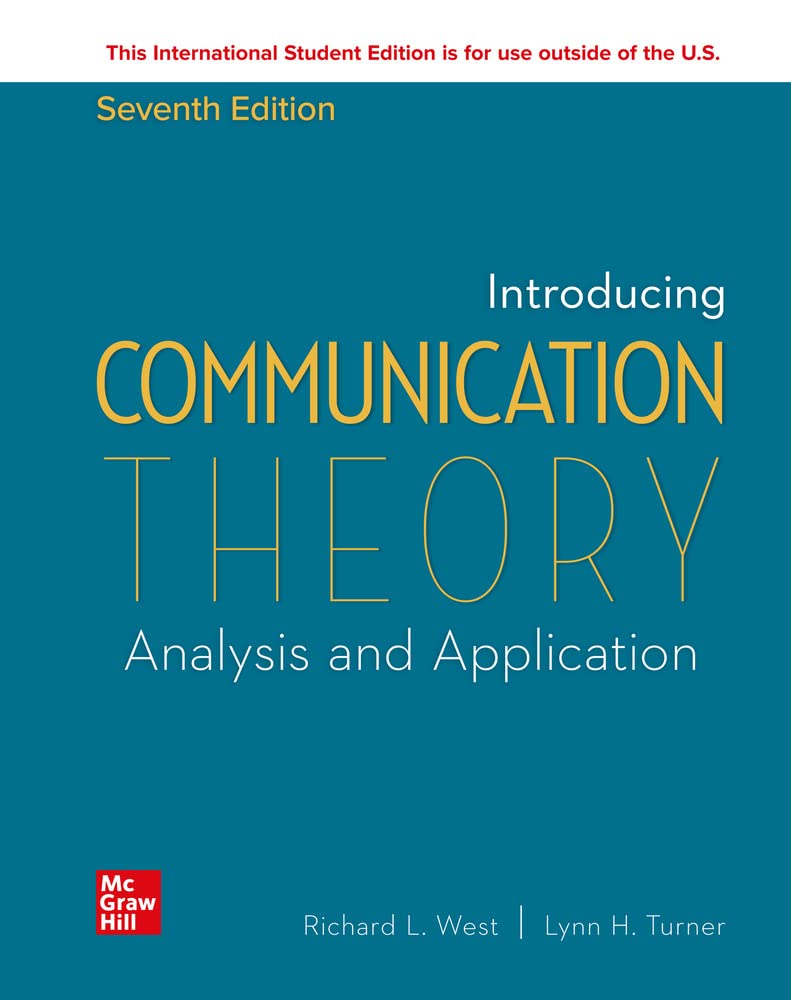The essential Communication theories are frameworks that help us understand how information is conveyed, interpreted, and understood across various contexts.
These theories explore the elements and forms of communication, including interpersonal conversations, mass media messaging, and the influence of technology.
Understanding these theories is crucial for enhancing communication skills and strategies in various settings, from personal interactions to professional environments. In other words, you’ll have:
- Insightful Frameworks: communication theories provide valuable insights into the processes of message creation, transmission, and reception.
- Enhanced Skills: understanding these theories can enhance communication skills and strategies in various settings, including personal, professional, and social contexts.
- Media and Culture: the interplay between media, culture, and communication is crucial in shaping public perceptions and societal norms.
Core Communication Theories
Actor-Network Theory (ANT)
Core Concept: Actor-Network Theory emphasizes the role of both human and non-human factors in technological innovation and knowledge creation. It highlights the importance of networks in shaping social interactions and communication. ANT suggests that various entities (actors), including people, technologies, and institutions, interact within a network to produce outcomes.
Adaptive Structuration Theory (AST)
Core Concept: Adaptive Structuration Theory focuses on how groups and organizations create structures that influence decision-making and social systems. It examines the interplay between human actions and the structures that guide those actions. AST posits that while individuals create structures through their interactions, those structures also shape their behaviors.
Agenda Setting Theory
Core Concept: Agenda Setting Theory explains how mass media shapes public perception by determining what is considered newsworthy. It suggests that the media doesn’t tell us what to think, but rather what to think about. By highlighting certain issues, the media influences the public agenda and prioritizes topics in the public discourse.
Cognitive Dissonance Theory
Core Concept: Cognitive Dissonance Theory describes the psychological conflict that occurs when individuals hold contradictory beliefs. This theory explains the efforts individuals make to achieve balance and resolve dissonance. People are motivated to reduce dissonance by changing their attitudes, beliefs, or behaviors to achieve consistency.
Communication Accommodation Theory
Core Concept: Communication Accommodation Theory discusses how individuals adjust their communication styles to align with others. It involves two processes: convergence (adapting to be more similar) and divergence (emphasizing differences). This theory highlights the dynamic nature of communication and the role of social identity in shaping interactions.
Confirmation Bias
Core Concept: Confirmation bias refers to the tendency to selectively seek information that reinforces existing beliefs while ignoring contradictory evidence. This cognitive bias can significantly impact communication and decision-making, as individuals are more likely to accept information that confirms their preconceptions.
Cultivation Theory
Core Concept: Cultivation Theory suggests that heavy media consumption can distort perceptions of reality. It posits that long-term exposure to media content shapes viewers’ beliefs and attitudes, often leading to a distorted view of the world that aligns with the media’s portrayal.
Cultural Studies
Core Concept: Cultural Studies examines how media reflects the ideologies of dominant societal classes and the influence of profit on media content. It explores the relationship between culture, power, and communication, emphasizing the role of media in perpetuating cultural norms and values.
Dramatism
Core Concept: Dramatism, introduced by Kenneth Burke, analyzes communication as a form of drama, focusing on motives and audience identification. It emphasizes the role of language in shaping human experiences and the symbolic nature of communication.
Elaboration Likelihood Model
Core Concept: The Elaboration Likelihood Model differentiates between central and peripheral routes of persuasion in attitude change. It explains how people process persuasive messages based on their motivation and ability to think critically. The central route involves careful consideration of arguments, while the peripheral route relies on superficial cues.
Face Negotiation Theory
Core Concept: Face Negotiation Theory explores conflict styles in collectivist versus individualistic cultures. It examines how cultural values influence communication strategies during conflicts, particularly the concept of “face” or self-image.
Framing
Core Concept: Framing discusses how media presentation influences interpretation and social meaning. It highlights the power of media in shaping public discourse and perceptions by framing issues in specific ways that influence how audiences understand and react to them.
Key Questions Raised or Answered
What is the role of media in shaping public perception?
Media plays a significant role in determining what topics are considered important, influencing public discourse and opinion. The Agenda Setting Theory highlights how media prioritizes issues, shaping the public agenda and influencing what people think about.
How do cultural values impact communication styles?
Cultural values shape individuals’ approaches to communication, particularly in conflict situations, affecting how messages are conveyed and received. The Face Negotiation Theory explores how collectivist and individualistic cultures approach communication differently, emphasizing the importance of cultural context.
What psychological factors influence communication?
Factors such as cognitive dissonance and confirmation bias can significantly impact how individuals process information and engage in communication. Cognitive Dissonance Theory explains the efforts individuals make to resolve conflicting beliefs, while confirmation bias highlights the tendency to seek information that supports existing views.
How do communication theories apply to modern technology?
Theories like Actor-Network Theory highlight the importance of technology in shaping communication networks and interactions. Modern technology, such as social media, influences how information is shared and consumed, presenting new challenges and opportunities for applying communication theories.
Questions That Are Not Answered or Could Be Expanded
How do emerging technologies (e.g., social media) influence traditional communication theories?
The impact of social media on established communication theories is an area that requires further exploration. Social media platforms have transformed how people communicate, presenting new dynamics and challenges that traditional theories may not fully address.
What are the implications of communication theories for mental health and well-being?
Understanding how communication affects mental health is a critical area that could benefit from more research. Communication theories can provide insights into the psychological impact of communication practices and the role of media in shaping mental health outcomes.
How can communication theories be applied in educational settings?
The application of these theories in teaching and learning environments is an area that could be further developed. Communication theories can enhance educational practices by improving teacher-student interactions and fostering effective learning environments.
Major Players in the Field
Academia
Universities and research institutions play a crucial role in developing and disseminating communication theories through research and education. Scholars and researchers contribute to the ongoing evolution of communication theories by exploring new contexts and applications.
Media Organizations
News outlets and media companies influence public perception and discourse, making them key players in the application of communication theories. Media organizations shape the public agenda, frame issues, and impact societal norms and values.
Technology Companies
Companies that develop communication technologies, such as social media platforms, shape how information is shared and consumed. These companies influence communication practices and present new opportunities and challenges for applying communication theories.
Conclusion
Communication theories are essential for understanding the complexities of human interaction and the role of media in shaping perceptions. By studying these theories, individuals can enhance their communication skills and become more effective in their personal and professional lives. The ongoing evolution of communication technologies presents new challenges and opportunities for applying these theories in contemporary society.
FAQs About Communication Theories
What is the importance of communication theories?
Communication theories provide frameworks for understanding how information is conveyed, interpreted, and understood. They help enhance communication skills and strategies in various contexts, from personal interactions to professional environments.
How do communication theories apply to everyday life?
Communication theories can be applied to everyday life by improving interpersonal communication, understanding media influence, and enhancing conflict resolution strategies. They provide insights into the dynamics of communication and the factors that shape interactions.
Can communication theories help in professional settings?
Yes, communication theories can help in professional settings by enhancing organizational communication, improving leadership skills, and fostering effective teamwork. Understanding these theories can lead to more effective communication practices and better decision-making.
How do media organizations use communication theories?
Media organizations use communication theories to shape public perception, frame issues, and influence societal norms and values. Theories such as Agenda Setting and Framing help media outlets determine what topics to prioritize and how to present information.
What are some common communication theories?
Some common communication theories include Actor-Network Theory, Adaptive Structuration Theory, Agenda Setting Theory, Cognitive Dissonance Theory, Communication Accommodation Theory, Confirmation Bias, Cultivation Theory, Cultural Studies, Dramatism, Elaboration Likelihood Model, Face Negotiation Theory, and Framing.


